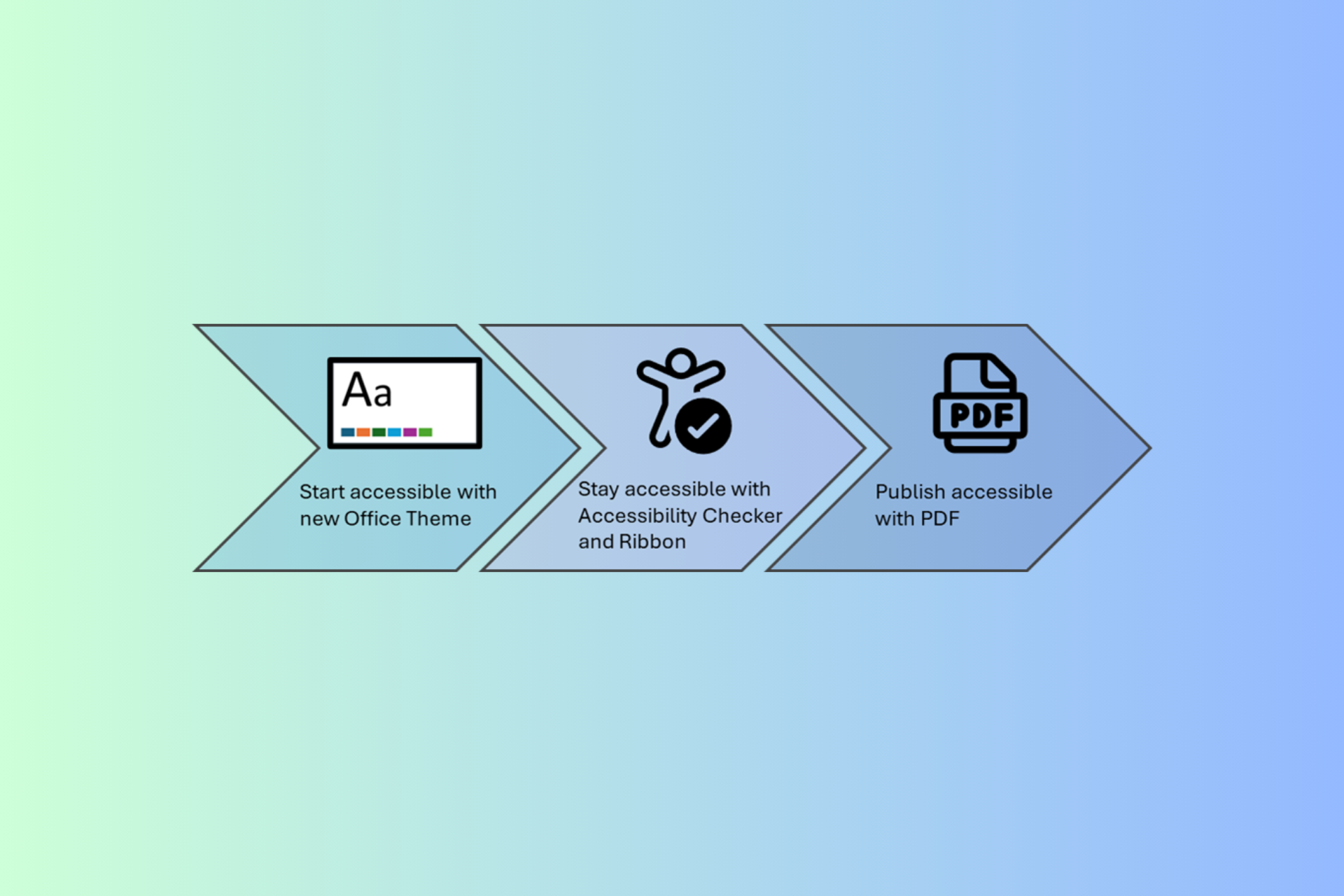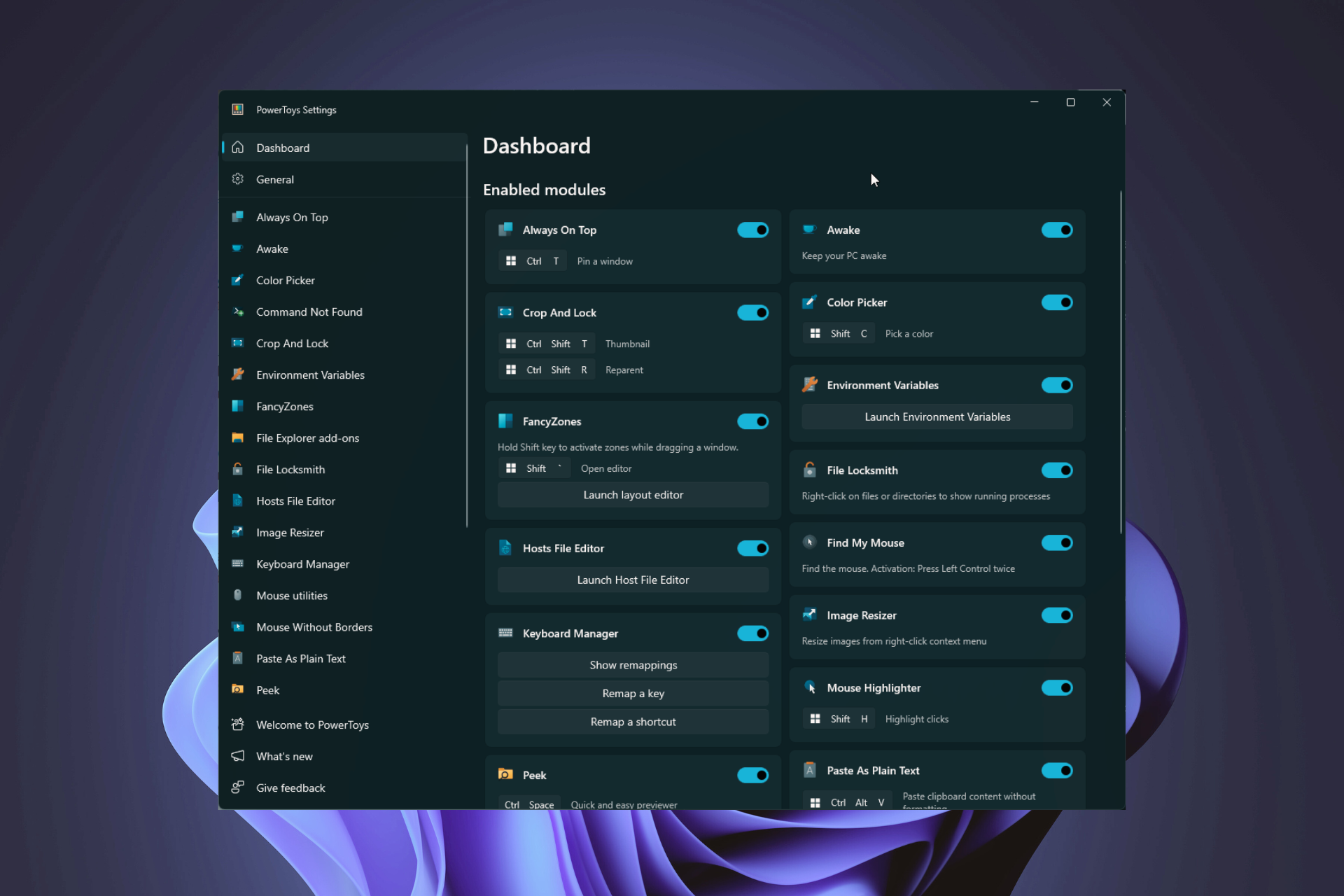OpenAI's Model Spec framework will change the way AI responds to us
AI will follow rules, objectives, and behavior guidelines
3 min. read
Published on
Read our disclosure page to find out how can you help Windows Report sustain the editorial team Read more

AI grows fast, and developers sometimes can’t keep up with it. Even if they limit AI generations and answers to prohibit its misuse, its users find ways to bypass security protocols. Besides that, the AI models can generate inaccurate or offensive content due to hallucinations or bugs. So, OpenAI released a first draft of a framework known as Model Spec.
What does the Model Spec framework imply?
The Model Spec document specifies a desired behavior for Microsoft and OpenAI models. In addition, it includes a three-tiered approach split into core objectives, rules, and a guide for the default behaviors of AI.
Objectives
- Assist users: AI models should follow instructions and provide accurate and helpful responses to end-users and developers.
- Benefit humanity: AI should consider the impact of its generated content on stakeholders, content creators, and the general public.
- Reflect on OpenAI: The AI models should operate based on social norms and legal boundaries.
Rules
- Follow the Chain of Command: The AI models should prioritize following the instructions of its developers or established users.
- Comply with Laws: According to the Model Spec, AI should comply with the established laws.
- Avoid Hazardous Responses: AI models shouldn’t provide information that could harm the users.
- Respect the Rights of Creators: AI should avoid using data without consent.
- Protect Privacy: The AI models shouldn’t provide any personal data of its users.
- Filter NSFW Content: AI should avoid generating mature content.
Default behavior guidelines
- Trust Users: According to the Model Spec, AI models should behave as if the user has the best intentions while interacting.
- Clarify Instructions: If the AI doesn’t understand a prompt or a topic, it should ask questions about it.
- Respect Boundaries: The AI should be helpful without overstepping.
- Adapt to the Context: If needed, AI should switch from a conversational style to a concise one and the other way around.
- Be Neutral: The AI should provide factual information instead of factual information.
- Encourage Kindness: AI models shouldn’t provide offensive or discriminatory content.
- Avoid Persuasion and Manipulation: The AI shouldn’t try to change your viewpoint about a topic unless instructed.
- Admit uncertainties: The chatbots should admit when they generate content using combined information from multiple sources.
- Provide the Right Tools: There are various tools for the AI assistants. So, they should provide you with the most appropriate ones.
- Be Clear and Concise: The AI should not exaggerate while generating responses.
Is the Model Spec framework already in use?
The Model Spec proposed by OpenAI won’t affect its existing models like GPT-4 and DALL-E 3. However, Microsoft and OpenAI might use it for their future AI models. Additionally, the framework will receive more updates based on received feedback. Also, OpenAI wants to find a way for their models to use the framework directly.
Ultimately, the Model Spec framework proposed by OpenAI will change the behavior of its AI. In addition, more AI models might follow it. However, it might take until OpenAI finds a way to make its models use it directly. Yet, you can check the Model Spec draft for examples.
What are your thoughts? Are you going to check the draft? Let us know in the comments.








